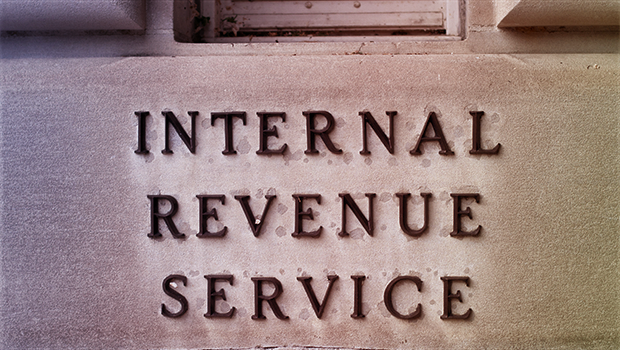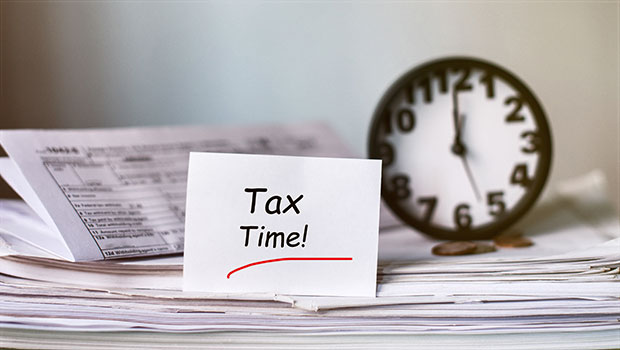Wherever there’s money, there’s the potential for a scam. And there’s a lot of money in the federal tax collection process. Seeing the opportunity to make a dishonest buck, scammers use a multitude of schemes to trick innocent taxpayers into giving personal information. The scammers then use this information to steal money from the taxpayer or use the taxpayer’s identity to commit financial crimes. Don’t be a victim of phishing tax scams. Continue reading “Phishing Tax Scams to Watch”










